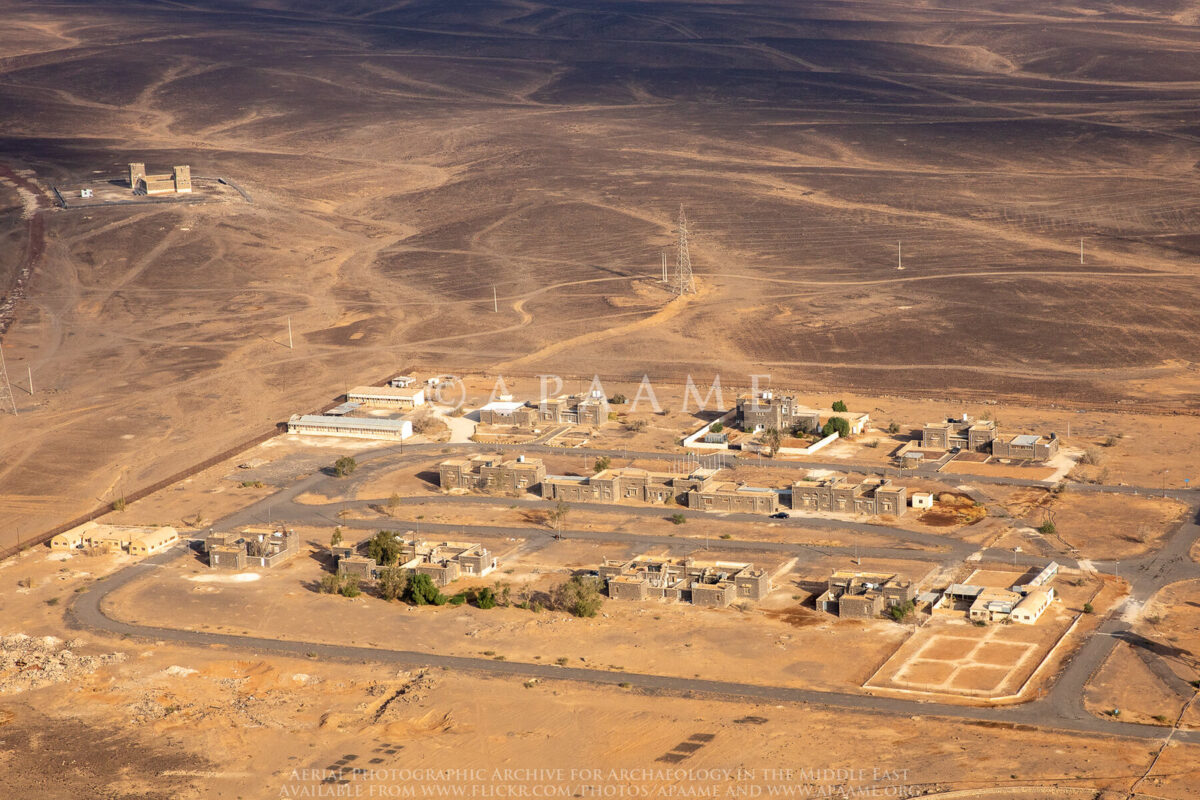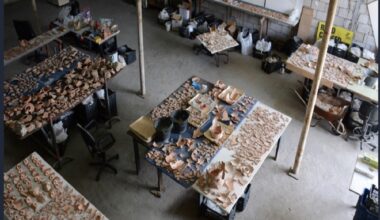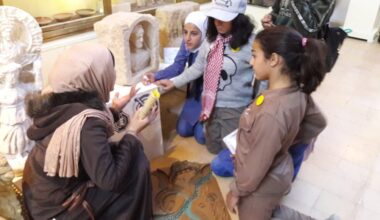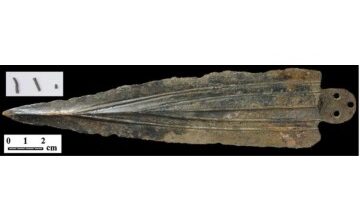Project summary
The project’s aim is to cast a spotlight on the architecture of the British Mandate period (1918-1946) of Jordan’s architectural history through the case of As-Safawi, the H5 station on the Kirkuk-Haifa oil pipeline, in the eastern Badia of the Mafraq governorate. The researchers conducted a photographic survey of the H5 station, a collection of aerial photographs, an analysis of archival material in Britain, a dissemination workshop and a roundtable with the local community at the end of the research phase to gather insights for the future development of the research.
Project details
Location: Jordan, Mafraq Governorate, As-Safawi.
Year(s): 2022- present.
Project team:
- Dr David Petts, Durham University.
- Shatha Mubaideen, Council for British Research in the Levant (CBRL) Amman Institute.
- Dr Tobias Richter, University of Copenhagen.
- Dr John B Winterburn, independent landscape and conflict archaeologist and chartered engineer.
Institutions: Durham University, Council for British Research in the Levant (CBRL) Amman Institute and the University of Copenhagen.
Funding: CBRL Network Partnership Award 2022/23, CBRL Research Project Grant 2023/24.
Project description
The modern history of Jordan begins at the start of the twentieth century, as Jordan was part of the Ottoman Empire until 1918 and later a mandate of the United Kingdom until 1946. During the British Mandate era, the interventions of architects, urban planners, and engineers in the region were primarily to aid the developing oil industry and its infrastructure in oilfields and through secondary support and transport structures.
The project aims to highlight the architecture of Jordan’s British Mandate period by focusing on As-Safawi, the H5 station on the Kirkuk-Haifa oil pipeline. Today, the H5 compound is located on the outskirts of the modern village of As-Safawi, along Highway 10, which connects the city of Mafraq with the Karameh Jordan-Iraq border crossing. In 1934, the station was constructed as a small-scale town in a remote location with over 47 steel and stone buildings and contained the pumping installation, living quarters, workshop buildings, store buildings, and tankage. It served as the headquarters of the Employment Office of Transjordan with representatives from various departments, including Medical, Accounts, Engineering, and Security.
As part of the CBRL Network Partnership Award for 2022/23, the researchers conducted a photographic survey of the H5 station. They also analysed archival material from Britain and cooperated with the APAAME project to provide aerial photographs of the site. At the end of the research phase, a dissemination workshop and a roundtable were held with the local community to gather insights for the future development of the research.
The initial phase of research has provided a comprehensive understanding of the H5 station’s historical, political, economic, industrial, architectural, and social importance, as well as the Emirate of Transjordan’s involvement in infrastructure projects. The team’s discoveries have earned them a CBRL Research Project Grant for 2023/24, which will support the continued documentation of the site’s existing conditions. This documentation will serve as a foundation for further analysis and plans for adaptive reuse.
The oil industry in Iraq played a significant role in positioning Transjordan as a crucial player in military and political planning initiatives. However, the British considered Transjordan more of a geographical barrier than an independent country that evolved on its own. As a result, the infrastructure projects and architectural legacy in Transjordan from that period largely reflect its regional role and external influences. These influences include not only the mandate period but also the early Islamic and Ottoman periods.
Project media gallery
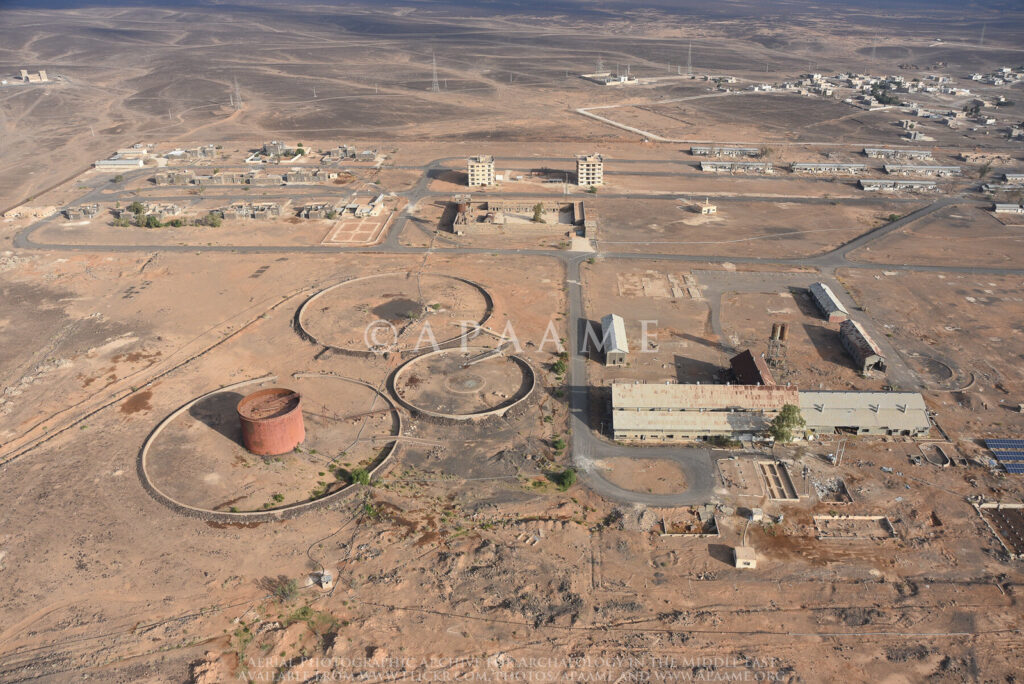
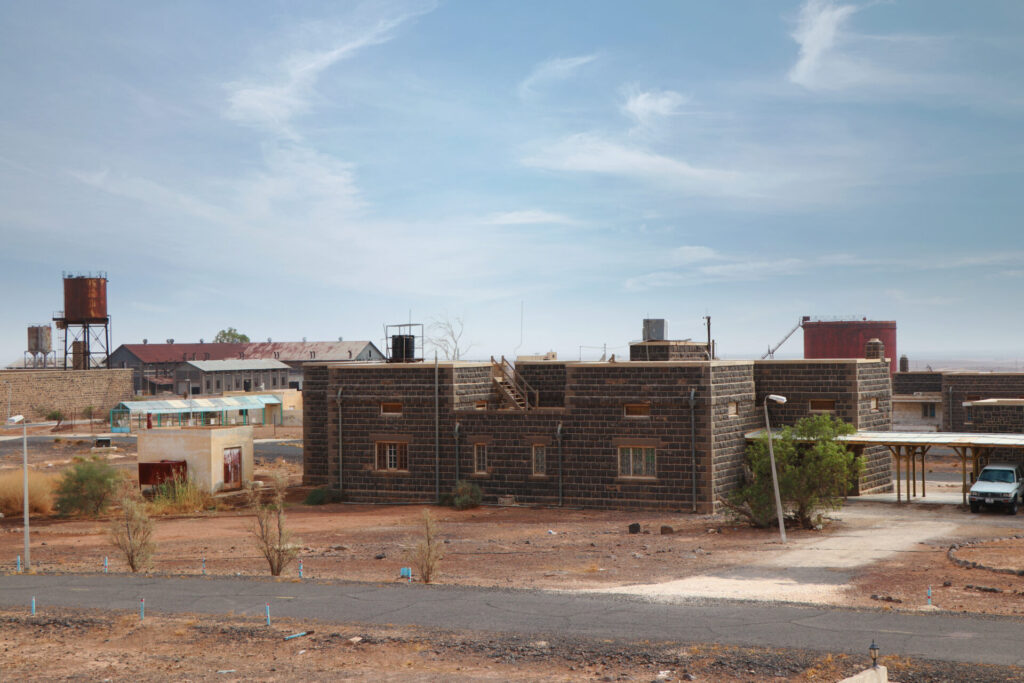
Published:08 January 2024













